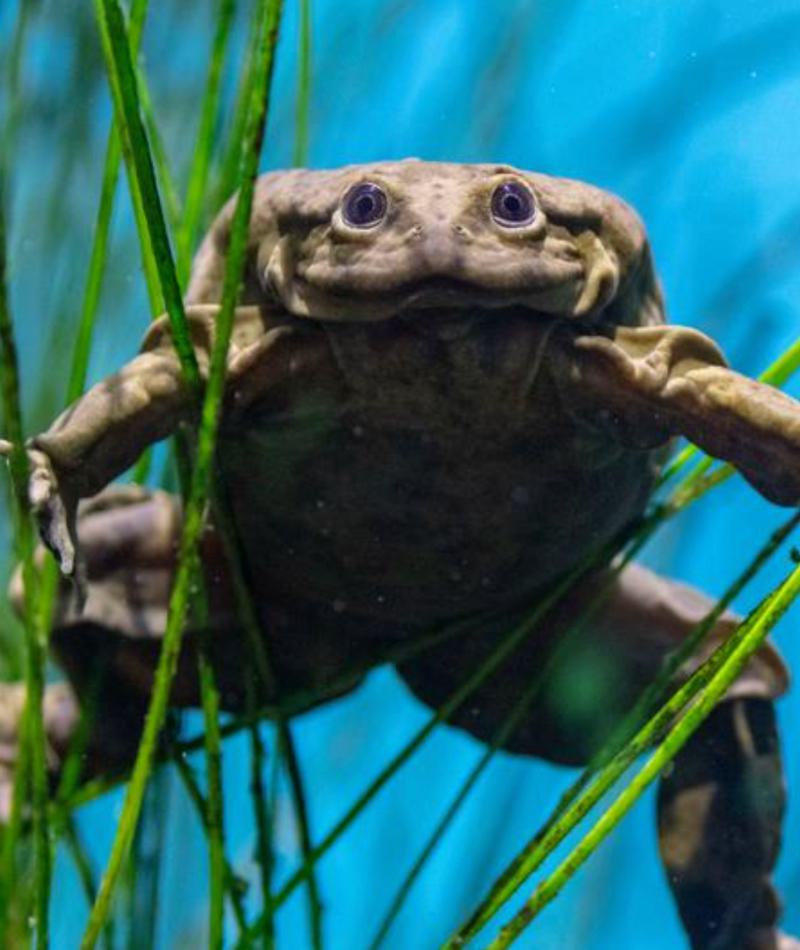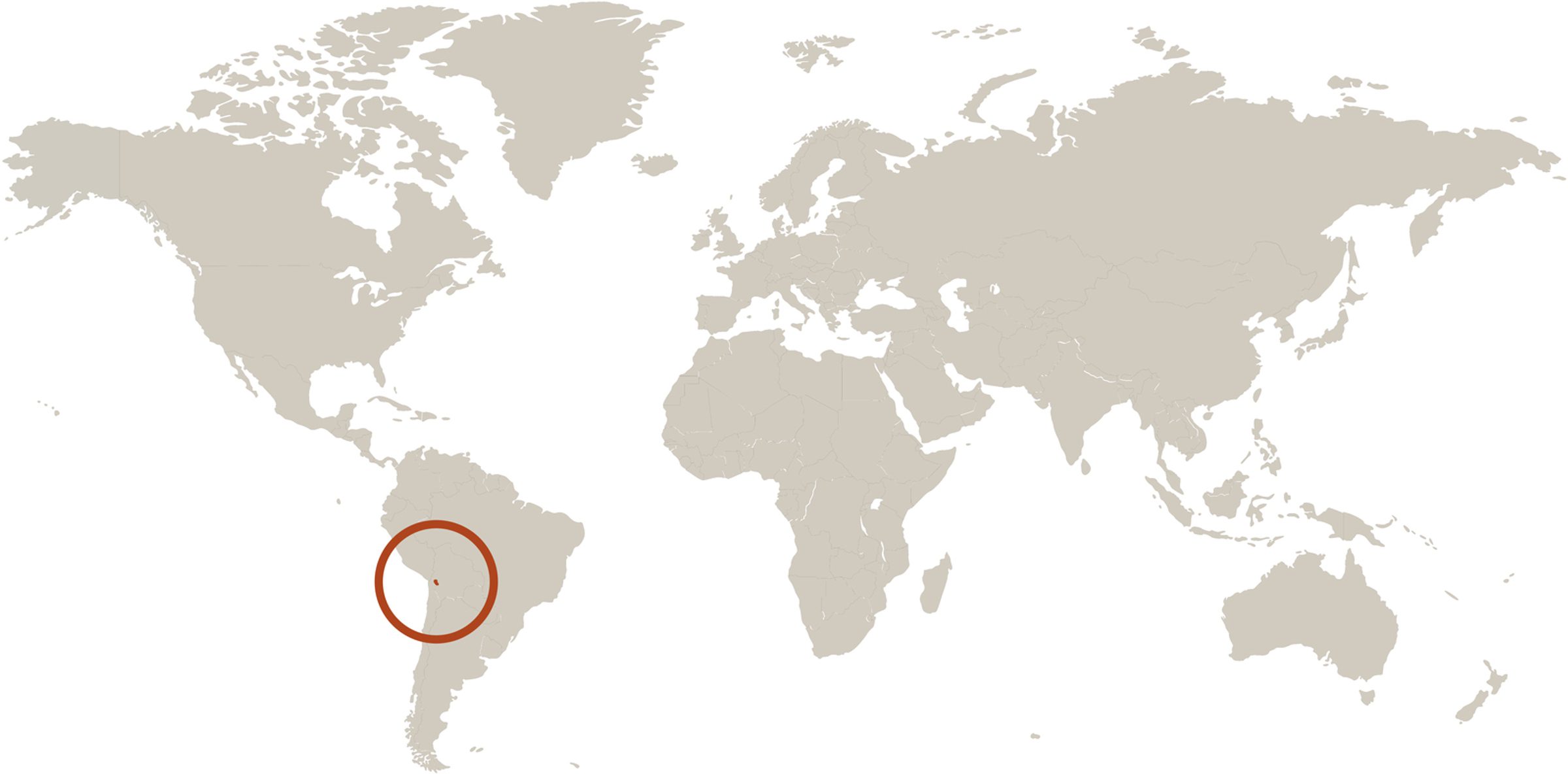
Lake Titicaca Frog
Telmatobius culeus
Did you know?
- Lake titicaca frogs are part of the Telmatobiidae family, which they share with other frogs native to the Andean highlands.
- They may be one of the largest species of aquatic frogs in the world.
- They can grow to be up to 20 inches long!
- They range in color and can be brown, gray or green.
- Its favorite foods include insects, snails, fish and worms.
Lots of Eggs
An adult female frog is capable of laying 500 eggs at a time!
All in a Name
As its name suggests, it spends all its time under water in Lake Titicaca and does not come up on land.
Threat Level
- Unknown
- Common
- Near Threatened
- Threatened
- Endangered
- Critically Endangered
- Extinct in the Wild
Critically Endangered
The Lake Titicaca Frog faces an extremely high risk of extinction in the wild.
Range
Lake Titicaca – Peru and Bolivia
Habitat
Freshwater lakes

We care about Lake Titicaca frogs
The Saint Louis Zoo supports Lake Titicaca frogs at the Charles H. Hoessle Herpetarium. Learn more about how we are helping wildlife around the world.
Find this animal in Historic Hill

SAINT LOUIS ZOO ZONE
Historic Hill
Historic Hill is a lovely stroll through one of the oldest parts of the Saint Louis Zoo. From the 1904 World’s Fair Flight Cage to the Spanish architectural flavor of the 1920s in the Bird House, Primate House and Herpetarium to the finishing touches of our thoroughly modern exhibits, this area of the Zoo has a unique ambiance and a nostalgic history that make it a great destination.

